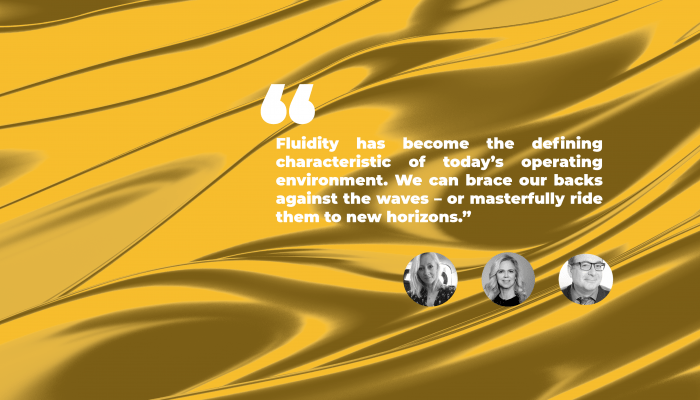Global impact: Why the war in Ukraine demands a rethink of corporate risks
As the clocks ticked over to New Year’s Day 2022, who would have predicted that in a few short months Europe would be plunged into its greatest humanitarian crisis since the Second World War, or that decades of Western foreign and energy policy would be turned on its head?
For businesses still grappling with the long-tail effects of the Covid-19 pandemic, the conflict in Ukraine presents a whole new raft of crisis risks.
Perhaps none of these are greater than the challenges faced by companies still maintaining operations in Ukraine, where staff access to bunkers and bomb shelters are now a commonplace part of contingency planning.
In Europe and elsewhere, moral imperatives now clash with some stark realities. Amid the EU’s impetus towards an energy embargo on Russia, Germany faces the prospect of losing its gas supply – a scenario the BASF chairman has warned would send many firms bust.
Risk scenarios
We think of ‘fluidity’ as a useful concept to describe the kind of complex, rapidly evolving global challenges that require agile thinking and responsiveness.
The world we are in right now might aptly be described as one of ‘hyper-fluidity’. For many organizations, it demands a rapid recalibration of their risk and crisis threat assessments.
These of course will vary depending on different levels of exposure to the region, but a ‘top five’ list might include the following:
- Cyber risk: Especially in countries which have imposed sanctions against Russia, both business and government organizations face a heightened risk of state-backed cyberattack. At minimum, businesses need to address any vulnerabilities in their cyber security, ensure that incident response plans are up to date, and step up cyber awareness training for employees.
- Physical threats: Companies still operating in the conflict zone are managing daily threats to life and livelihoods, and to property and assets, with a focus on relocating staff to safety where possible. Terror alerts have been raised elsewhere in EU countries, with the need for companies to re-examine their site and operational security measures.
- Supply chain disruption: Already, we have seen spike in prices for energy, resources and food ingredients as supply shortages begin to squeeze. A supply crisis in packaging supplies has left many industries struggling to ship finished product, and facing their own difficult customer conversations.
- Financial risk: Companies with direct financial exposure face the greatest risks – BP’s divestment from Rosneft will cost it up to $25 billion – but businesses worldwide are likely to suffer from the knock-on effects on the global economy.
- Disinformation campaigns: They say that truth is the first casualty in war, and it is not just the big social media platforms who are struggling to vet content – news media outlets have also fallen victim to deepfakes, and disinformation campaigns could easily ensnare other businesses with unpredictable consequences.
For communications teams, this new risk environment demands a constant reassessment of an organization’s risks and reputation challenges, engagement with the C-suite to ensure leadership support, crisis training for staff and a readiness to communicate with all stakeholders when events threaten jobs, investments, or reputation and shareholder value.
The COVID-19 pandemic. War in Ukraine. Whatever comes next, companies can use scenario planning to build their crisis resilience in a world of ongoing uncertainty.


